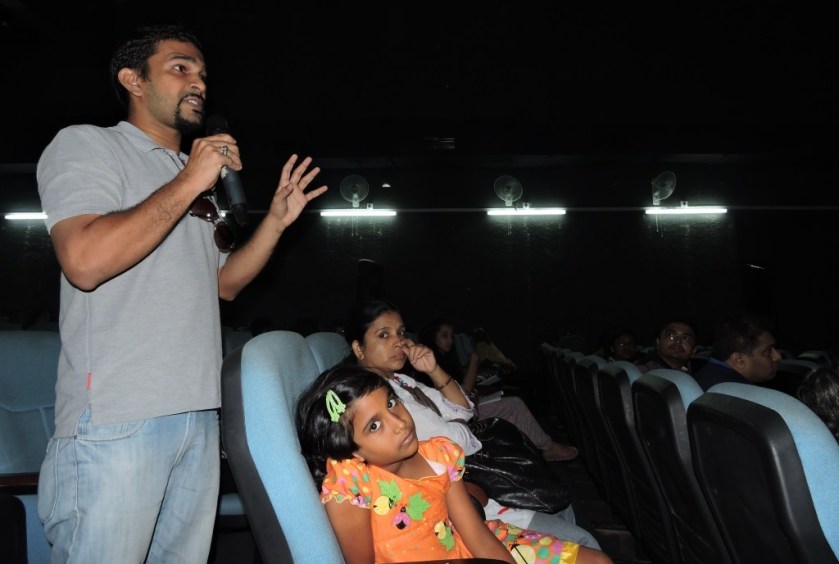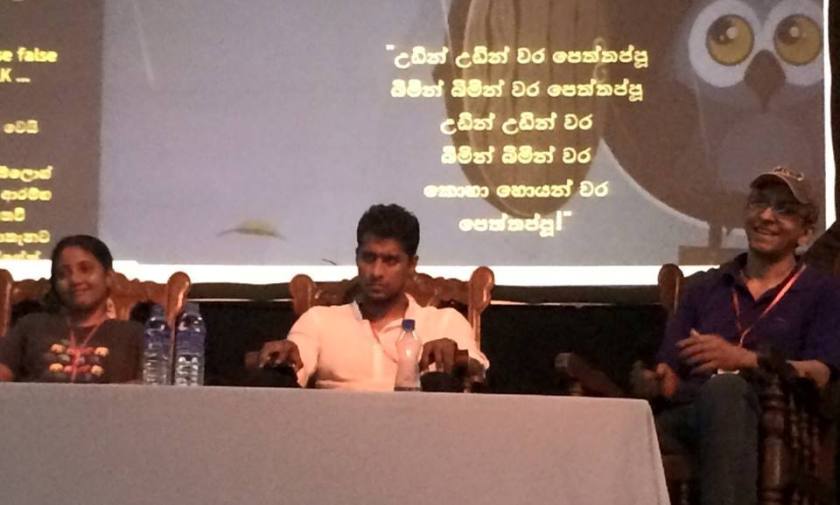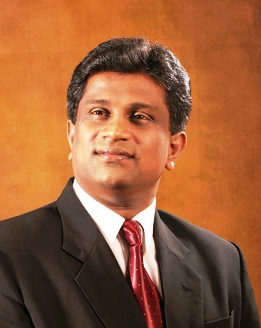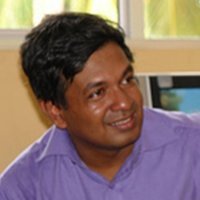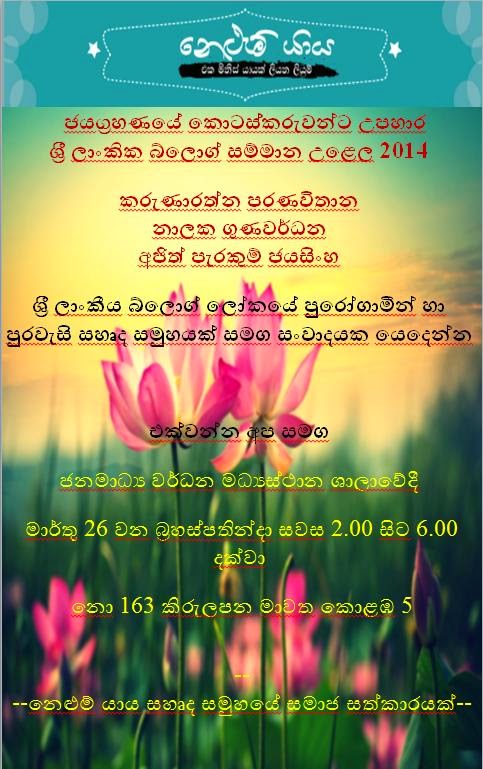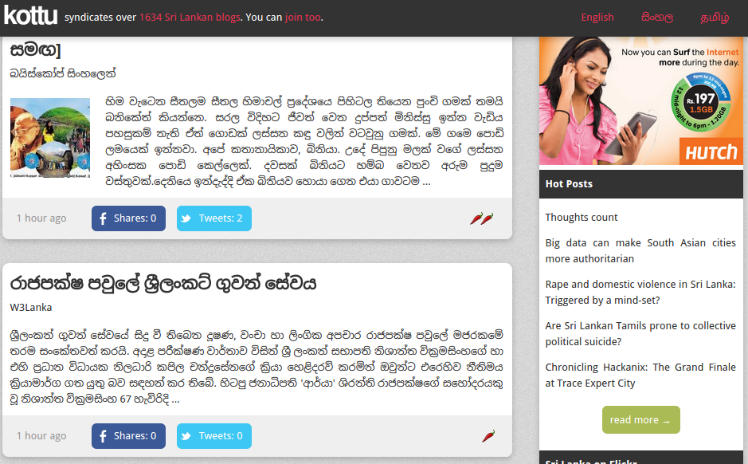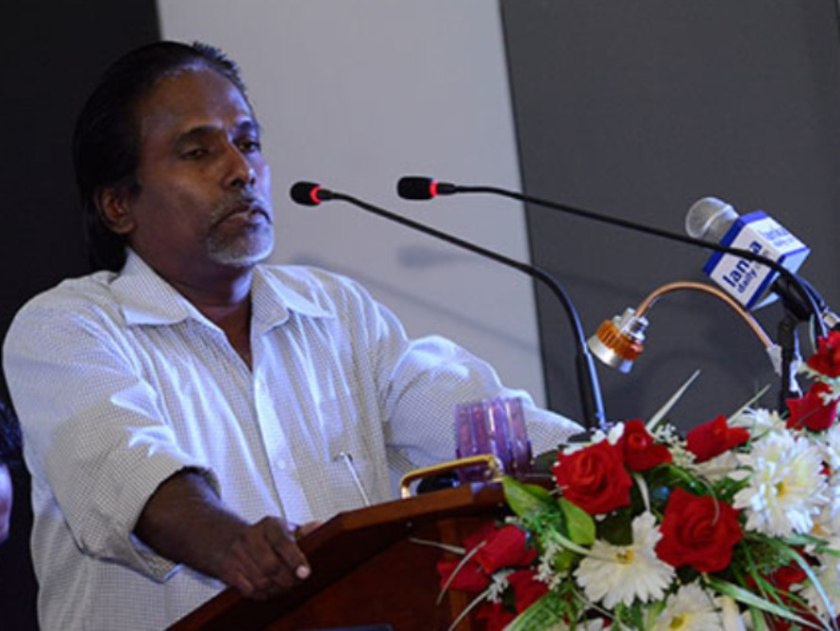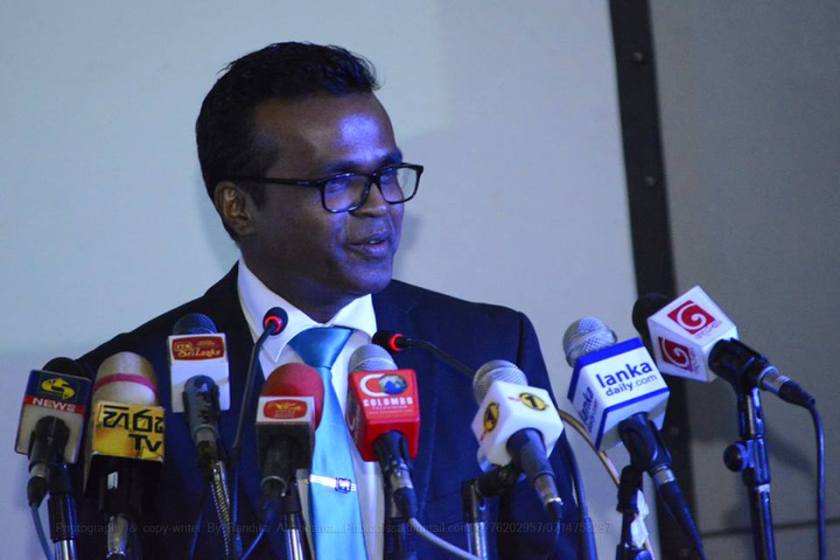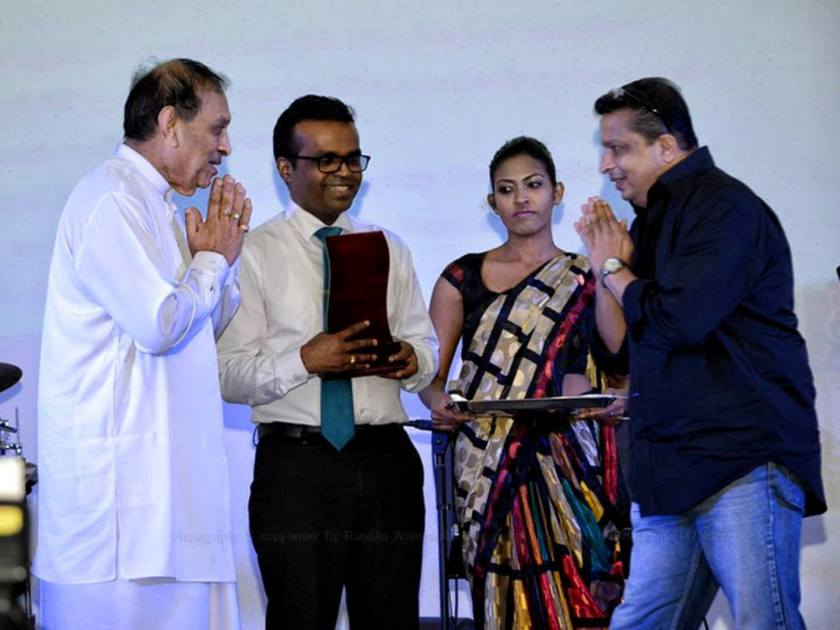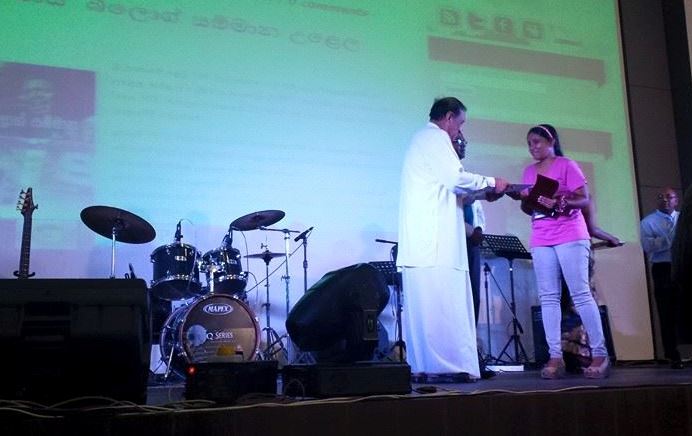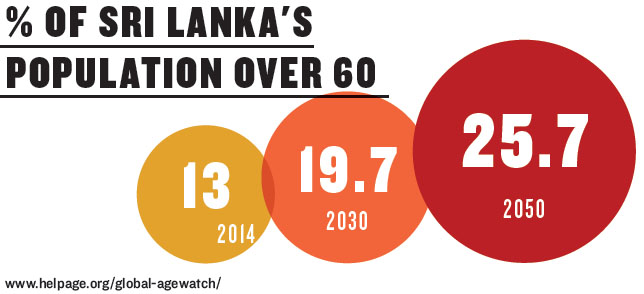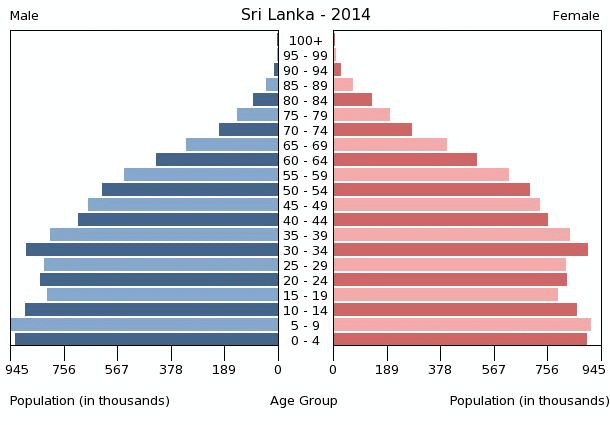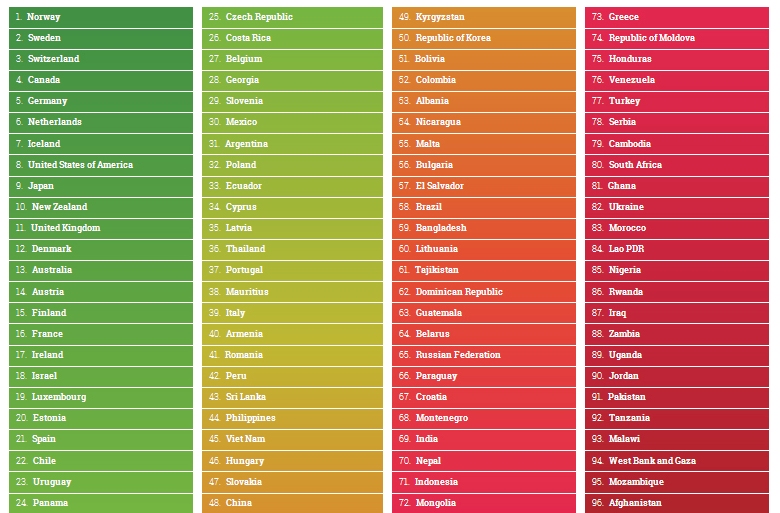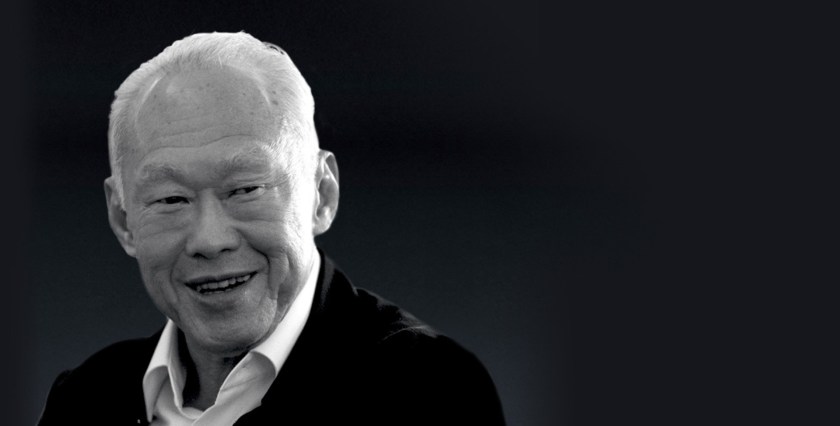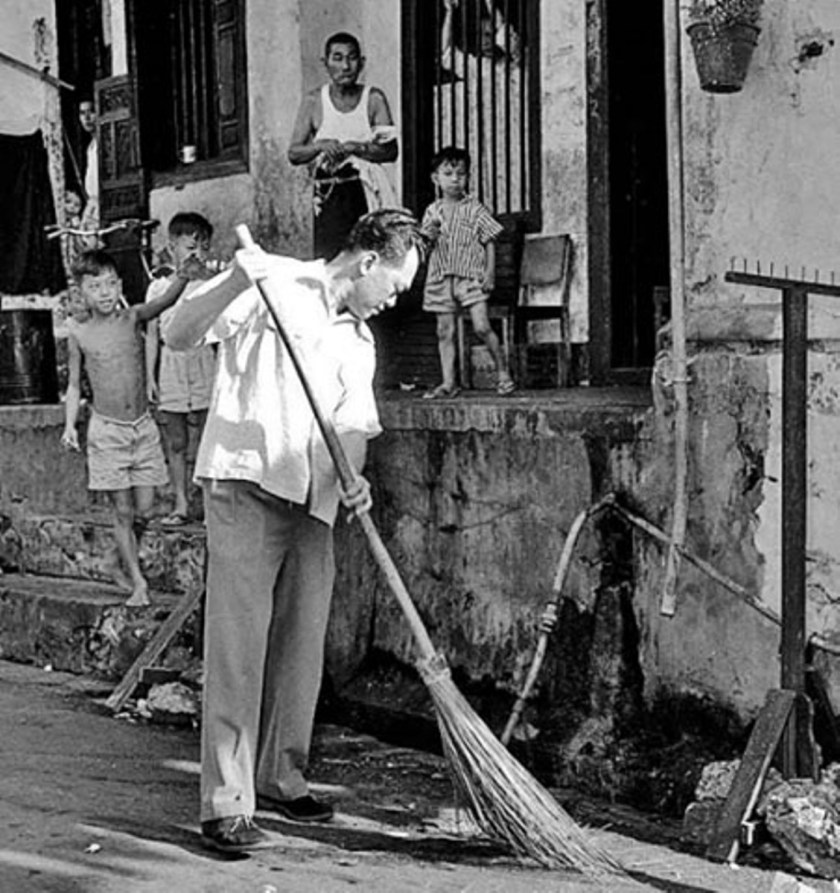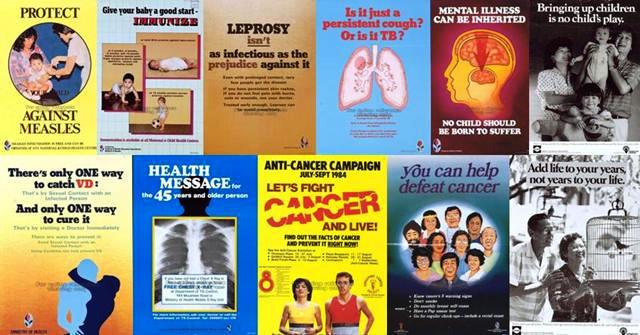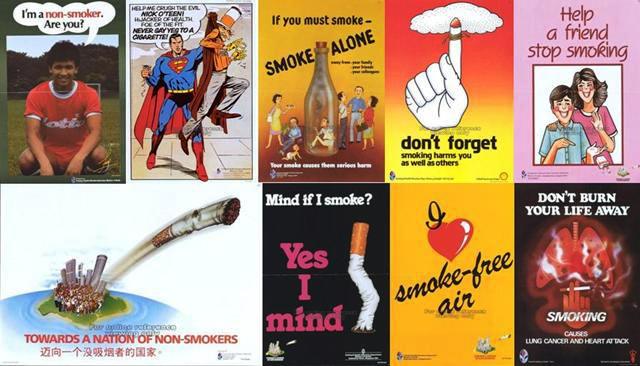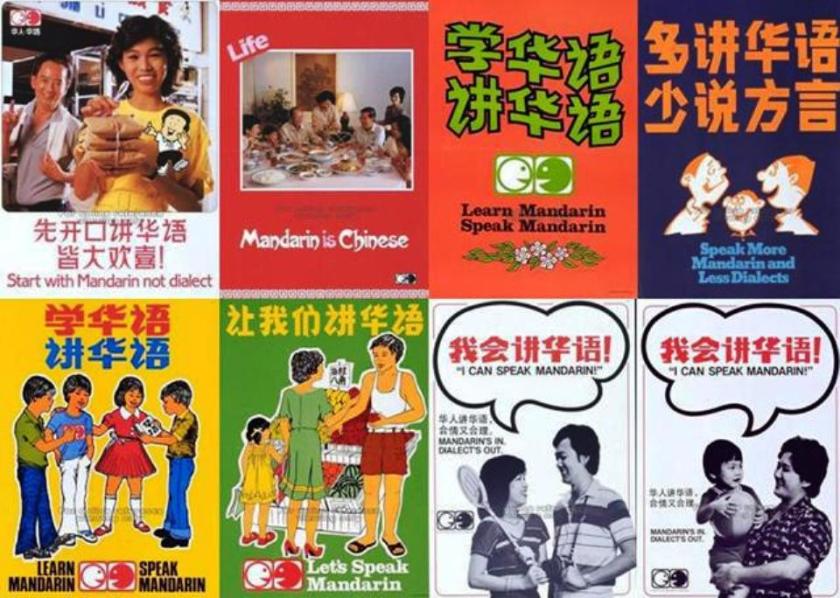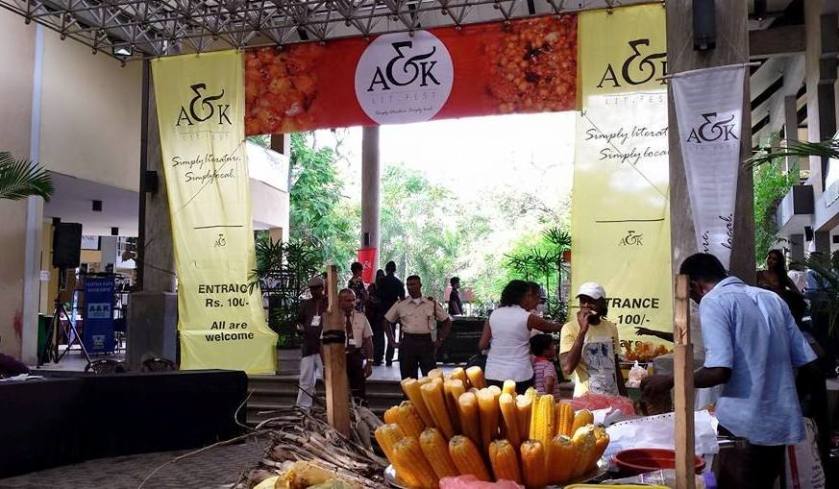
The Annasi & Kadalagotu Literary Festival (‘A&K Lit Fest’), held on 25 April 2015, brought together literary enthusiasts from across the country. It was a collaborative platform where those who share a passion for literature can come together, explore the way we write, the way we read and learn about the ways of Sri Lanka and its people – their expressions, cultures and perspectives.
I moderated a Session on “Blogging in Sri Lanka: A New Platform for Creativity?” which featured three leading bloggers in Sri Lanka.
Here are my Opening Remarks, where I tried to place blogging in the current cultural, political and societal context of Sri Lanka.
Session: Blogging in Sri Lanka: A New Platform for Creativity?
Opening Remarks by Nalaka Gunawardene, Moderator
Because we are discussing blogs at a lit fest, we will look explore Lankan blogging and blogospheres from a more creative and literary perspective – and not from any technical or technological angle.
Our session has been tagged with a subtitle “Technological Literature?”, which I consider to be a misnomer. Blogs are self-expressions that just happen to be made on the web, but they are not necessarily techie or geeky.
Not any more than, say, convention book writers have much or anything to do with printing and paper production!
The cyberspace is just the medium and the ecosystem in which blogs are written, shared, commented upon and – sometimes – being argued over.
This part of the web is called ‘blogosphere’ – and where Sri Lanka is concerned there are three overlapping such blogosphere in Sinhala, Tamil and English languages.
The web is increasingly attracting more writers, journalists and other creative people because:
- It is cheaper and faster to publish online than in book format;
- It is often easier than getting published in newspapers or magazines; and
- The medium is far more interactive, so creators can get direct audience feedback.
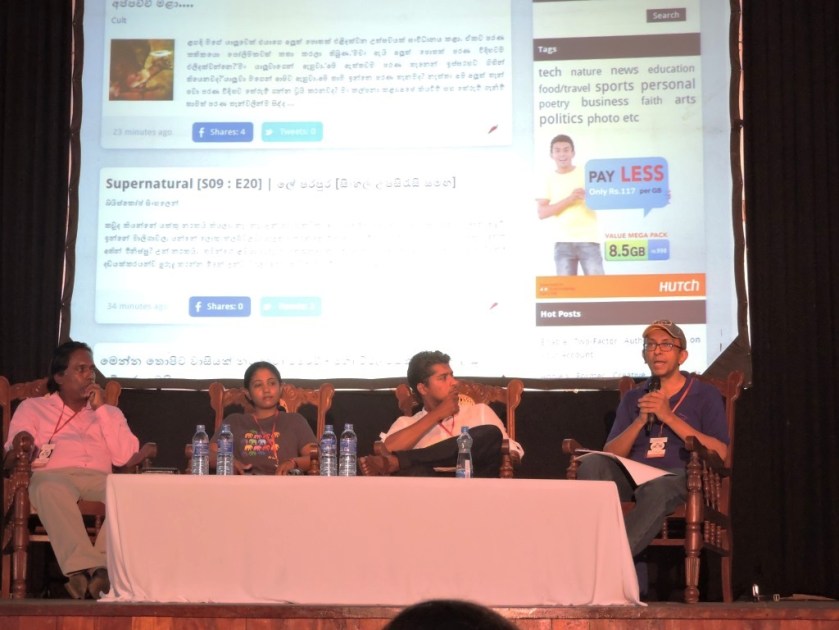
By coincidence, this weekend also marks the 20th anniversary of the advent of full Internet services in Sri Lanka. As my friend Chanuka Wattegama and I have written in short history of the subject:
“Internet access on a commercial basis became available in Sri Lanka on 26 April 1995, when Lanka Internet Services Limited (LISL) started operating a local Internet server (‘Sri Lanka Web Server’) through a local gateway. Their server was connected to a host in the US through a 64kbps dedicated transmission line leased from SLT. This gave Sri Lankan Internet users the opportunity of accessing the Internet simply by dialling a local phone number. Sri Lanka was thus the first country in South Asia to have unrestricted and commercial Internet access facilities…”
We have come a long way since those early days of dial-up, narrowband access. Not everyone is online yet, of course, but we have around 22 to 25% of our 21 million people regularly using the web now for a variety of purposes.
Blogging is one such purpose. At its most basic, blogging entails using web-based, free spaces to write and self-publish words, images, videos or multimedia content.
Bloggers have been active in Sri Lanka for at least a dozen years, if not a bit longer. We don’t know exactly who the first Lankan blogger was (that’s a research project for you!), but some pioneering work was done by English language bloggers like Indi Samarajiva. There are others.
Blogging became more popular after around 2003/4. This was the time broadband Internet started rolling out, giving us faster speeds and always-on facility (on a fixed monthly cost, without having to count the minutes we stay online).
Blogging in Sri Lanka picked up when more and more computer users realized that they didn’t need to have any programming or coding skills to do web pages. The early web was limited to webmasters wielding HTML and other specialized software skills. But the advent of Blogger (1999) and WordPress (2003) free platforms meant that guys like myself – not knowing a single line of coding – could put together my own content on the web.
As broadband services spread, and as local language font issues were finally resolved, more people started blogging in Sinhala and Tamil too. The Lankan blogosphere is diverse and vibrant today.
Blogging is being pursued by a few thousand people, and many thousands more participate as readers or discussants. Some blogs offer serious political and social commentary, while others have become platforms for nurturing new talent in prose, verse, photography, videography or graphic art.
The formats and topics are only limited by our own imagination and dedication. The latter is important, as blogging is unpaid work that can take up a good deal of time (especially if you become a widely read and commended upon).
Bloggers fit into a much larger new media ‘ecosystem’ called citizen journalism, which is also constantly evolving. Although not well studied by media researchers, this phenomenon is now a part of our public sphere.
Before I introduce the panel, let me pose and answer four questions.
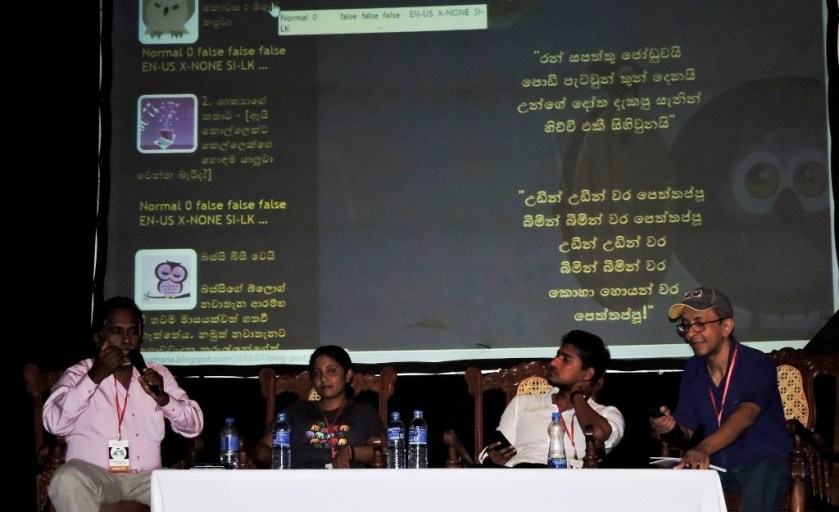
Who is a typical blogger in Sri Lanka?
There is no such profile. Besides having basic computer skill and Internet connectivity, there is little in common among our bloggers – among whom are students, teachers, professionals, retirees, housewives, househusbands and many others. Anyone with Internet access and some spare time can, in theory, become a blogger. And if not inclined to write, anyone can still become a reader and/or commentator of others’ blogs.
What do Lankan bloggers publish about?
Again, the interests and topics of blogs are as diverse as our people! There is every type of content generated by bloggers and their readers (sometimes comments are more interesting than the original post that provoked them). Bloggers variously address social, cultural, political, commercial and personal issues and topics.
If you’re new to this space, the best point to start exploring would be to look at blog aggregators that automatically list new blogposts being published by bloggers who have registered with them (for free). There are several aggregators to choose from, but none that is comprehensive:
- Kottu.org is the oldest, which just completed 10 years
- Sathutu Wessa සතුටු වැස්ස
- Lankeeya Sithuvili ලාංකීය සිතුවිලි
- Top Sinhala Blog ටොප් සිංහල බ්ලොග්
- Amba Gaha Yata අඹ ගහ යට
What quality and creativity are found in Lankan blogs?
Again, this is like asking what quality and creativity can be found in all the books, newspapers and magazines published in our land. It all depends on where you look!
There is everything in our blogs, from the mundane and unremarkable (including angry rants) to very perceptive and even occasionally profound expressions. And much in between…
We find some news reporting, much commentary/opinion, some analysis and investigation, as well as short stories, poems, satire, cartoons and videos on blogs. The genres are now nearly as diverse as in the printed word, even though public awareness of this diversity is still lacking.
Finally, why have me moderate this panel, and why these panelists?
I have been a long-time observer and chronicler of the Internet in Sri Lanka from the very beginning, often partnering with my friend Chanuka Wattegama. I wish more of our social scientists and media researchers would take a closer look at what is going on in cyberspace and help us understand just how that is impacting our society, culture and politics.

A couple of years ago, I argued that some of the world’s earliest documented citizen journalists were in Sri Lanka: those who wrote Sigiriya graffiti beginning in the 7th Century and going up to around 13th Century. (See: 4 August 2013: සිවුමංසල කොලූගැටයා #128: සීගිරි කැටපත් පවුරෙන් ඇරැඹුණු පුරවැසි මාධ්යවේදය)
Those unknown ancestors met the basic criteria:
- They wrote in a public space (mirror wall at Sigiriya)
- They wrote without anyone’s permission (extremely rare in ancient Lanka)
- They shared personal impressions and aspirations.
So today’s Lankan bloggers are heirs to a long and proud tradition!
BUT – don’t even think of writing anything on the Sigiriya mirror wall today. It is now a UNESCO World Heritage site, and protected under the Antiquities Ordinance. A young woman who wrote her lover’s name there was arrested and jailed recently for two years!
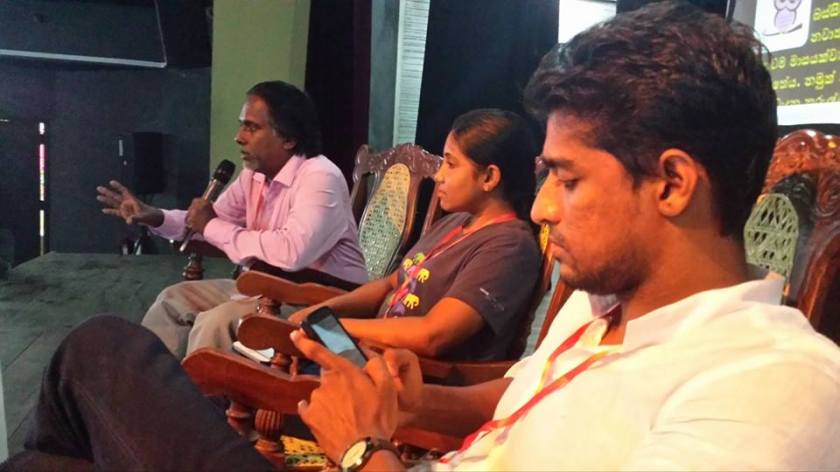
Blogging in cyberspace itself is sometimes frowned upon by those who don’t know — or have only a fleeting awareness of — what blogs really are. Some confuse blogs with political or gossip websites.
Sadly, many in our mainstream media are either ignorant or dismissive of blogs (and some editors shamelessly reproduce them without acknowledgement!). The Secretary to the Media Ministry – himself an occasional blogger — told a blogging award ceremony last month that he has met chief editors of Lankan newspapers who had no clue what blogs were!
12 April 2015: සිවුමංසල කොලූගැටයා #215: සයිබර් කැඩපත් පවුරේ ලියන අපේ බ්ලොග් ලේඛකයෝ
During the past decade when freedom of expression and media freedom in Sri Lanka were seriously undermined, bloggers and citizen journalists partially filled the void created by mainstream media stepping up self-censorship. Indeed, I argue that some of our leading bloggers offer more refreshing and authentic analysis of current social and political issues than do many newspapers!
In their own ways, our three panelists have distinguished themselves in the Lankan blogospheres. We want to find out what motivates and inspires them, and what kind of dialogue they have with their readers.
Abdul Halik Azeez is a strategy consultant, independent researcher and citizen journalist. He blogged for some years at https://abdulhalik.wordpress.com. His recent interest in journalistic and conceptual photography has garnered a large following on Instagram where he is known as Colombedouin. http://instagram.com/colombedouin
Ajith Perakum Jayasinghe (Blog: http://www.w3lanka.com) is a teacher by profession who is immensely engaged in writing, translating and blogging. He likes to identify himself as a political activist who is committed to change the order so as the life is better for the humans and nature.
Yashodha Sammani Premaratne who is known by her pen name “bassi” is a blogger as well as a microblogger. Her blog, “Bassige nawathana” (http://bassigenawathana.blogspot.co.uk) started in August, 2013 attracted the readers immediately due to her lucid style of writing. Her range of blog posts is highly diverse from simple humour to Politics, Science, Poetry and Fiction. ‘Bassige Nawathana’ has already won two awards for its creativity.
We also ask panelists to address larger questions such as:
- How vibrant and diverse is blogging in Sri Lanka?
- Is there a dedicated and growing audience for blogs?
- Do bloggers influence public opinion, and how?
- Is blogging in decline with the rise of micro-blogging (Twitter) and Facebook?
